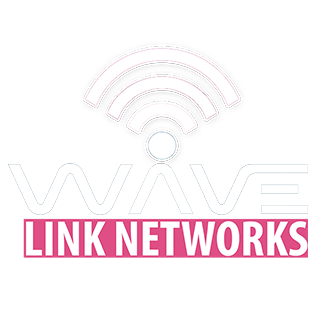How Peak Usage Times Affect Your Internet Experience
- Peak internet hours (7-11 PM) cause slower speeds due to network congestion
- Shared bandwidth among neighborhood users reduces individual connection quality
- Streaming, gaming, and video calls are most affected during busy periods
- Internet Service Providers may implement traffic management during peak times
- Simple solutions like scheduling downloads and adjusting usage patterns can help
- Upgrading your plan or switching to fiber connections improves peak-time performance
Have you ever noticed your internet slowing to a crawl just when you need it most? You’re trying to stream your favorite show, join an important video call, or download a file, but everything seems to buffer endlessly. The culprit is often peak usage times in your area, a phenomenon that affects millions of internet users daily.
Understanding Peak Usage Times
Peak usage times, also known as “internet rush hour,” typically occur between 7 PM and 11 PM on weekdays when most people return home from work or school. During these hours, everyone in your neighborhood might be streaming Netflix, playing online games, video calling relatives, or browsing social media simultaneously. This creates massive demand on the shared infrastructure that delivers internet to your area.
Think of it like rush hour traffic on a highway. The road doesn’t change size, but when more cars try to use it at once, everyone moves slower. Similarly, the cables and equipment serving your neighborhood have a fixed capacity, and when too many users are active simultaneously, that capacity gets divided among everyone.
How Network Congestion Impacts You
The effects of peak-time congestion vary depending on what you’re doing online. Streaming services are particularly vulnerable—your HD video might suddenly drop to standard definition, or you’ll experience frequent buffering. Online gaming becomes frustrating as your ping times increase, causing lag that can mean the difference between victory and defeat in competitive games.
Video conferencing, which became essential for remote work and online learning, suffers significantly during peak hours. Your video might freeze, audio could cut out, or the connection might drop entirely during important meetings. Even simple web browsing becomes sluggish as pages take longer to load.
Downloads and uploads are also affected. That software update that should take 10 minutes might stretch to an hour during peak times. If you’re trying to upload work files or back up photos to the cloud, you’ll notice dramatically slower transfer speeds.
Why This Happens in Your Area
Internet Service Providers (ISPs) design their networks based on average usage patterns, not maximum capacity. Installing infrastructure to handle peak loads perfectly would be prohibitively expensive and wasteful during off-peak hours. This means some level of congestion during busy times is built into the system.
In densely populated areas like apartment complexes or busy neighborhoods, the problem intensifies. Multiple households share the same connection point to the broader network, creating a bottleneck. Older infrastructure, particularly in areas still relying on copper-based DSL or cable connections, is more susceptible to congestion than modern fiber-optic networks.
Some ISPs also implement “traffic management” or “bandwidth throttling” during peak hours, deliberately slowing certain types of traffic like streaming or peer-to-peer downloads to keep the network functional for everyone.
Solutions and Workarounds
While you can’t eliminate peak-time congestion entirely, you can minimize its impact. Schedule large downloads for late night or early morning hours when networks are quieter. Consider upgrading to a higher-tier internet plan, which often provides priority during congestion.
If available in your area, switching to a fiber-optic connection typically provides more consistent speeds regardless of peak times. These connections are less susceptible to congestion than traditional cable or DSL.
You can also optimize your home network by using a wired Ethernet connection for important tasks, upgrading your router, and limiting the number of devices connected simultaneously during peak hours.
Understanding peak usage times helps you plan your online activities more effectively and set realistic expectations for your internet performance during busy periods.


